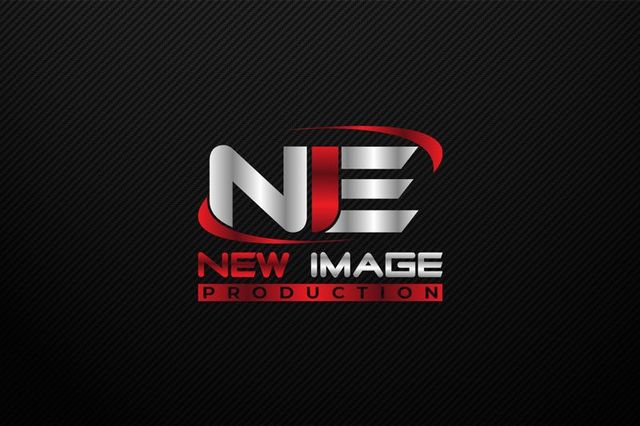Lighting plays a crucial part in motion mapping because it sets the mood and tone of the display. Different lighting techniques can elicit various feelings and responses from the audience. For instance, using soft, warm illumination can create a inviting environment, while vivid, cold lights may produce a more energetic or dramatic impact. By thoughtfully choosing illumination hues and intensities, artists can manipulate how viewers perceive the projected images, leading to a more engaging encounter. The equilibrium between mapping luminance and surrounding illumination is crucial, as it can greatly impact the visibility and impact of the images.
In addition to, hue and brightness, the direction of light also influences the effectiveness of projection. Lighting from different angles can create shadows and highlights that add depth to the mapped images. This method, known as chiaroscuro, can improve the 3D quality of the subjects being projected. Additionally, using dynamic illumination can introduce energy to the exhibit, making the encounter more engaging for the audience. When the read the article light collides with the mapped images, it can create an illusion of movement and transformation, capturing the viewers' attention.
Another essential aspect of lighting in projection is the use of special effects. Techniques such as gobo lighting, which employs shapes and forms to project light, can introduce depth and complexity to the projections. This method allows artists to layer images and create visually stunning results that enhance the projection. Moreover, adding laser lights or light-emitting diode illumination can additionally improve the display, offering a unique blend of visual elements that draw the viewers in. These unique features, when used carefully, can elevate the projection beyond a simple display to an immersive piece of creativity.
In summary, the influence of illumination methods on video projection is profound. By understanding how different illumination components interact with projected visuals, artists can create enthralling encounters that connect with audience. The thoughtful selection of color, intensity, direction, and unique features enables for a vivid tapestry of visual storytelling. As tech advances to evolve, the options for creative expression in projection will only expand, making illumination an increasingly additional reading vital aspect in this progressive art form.
